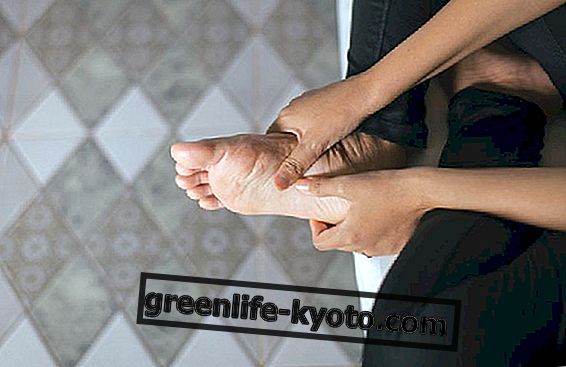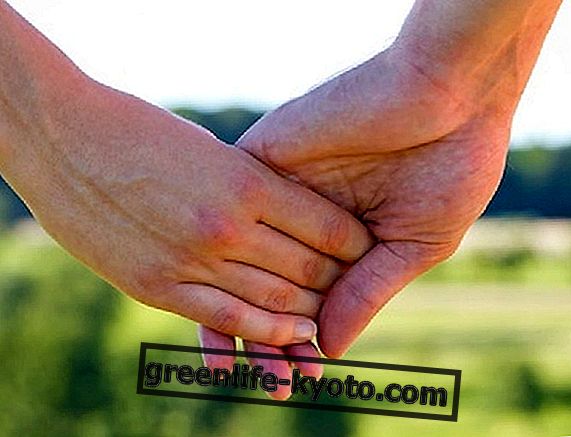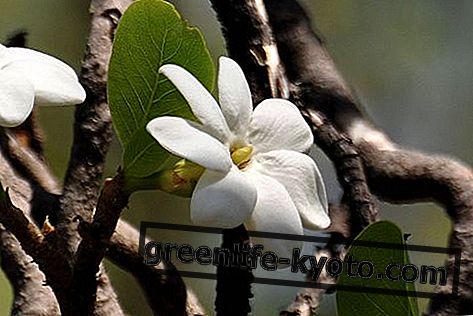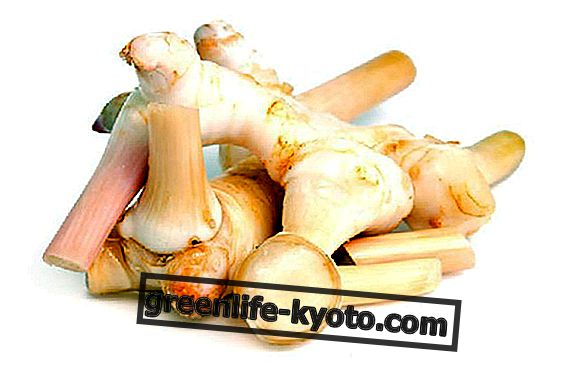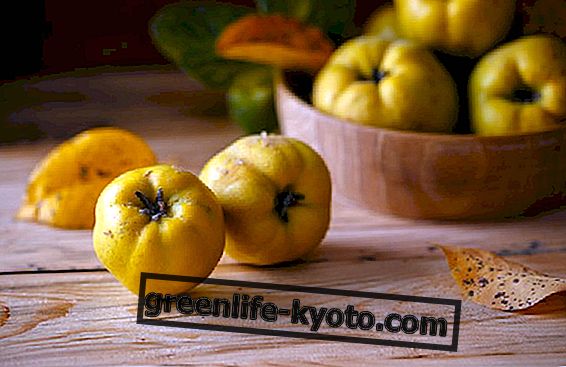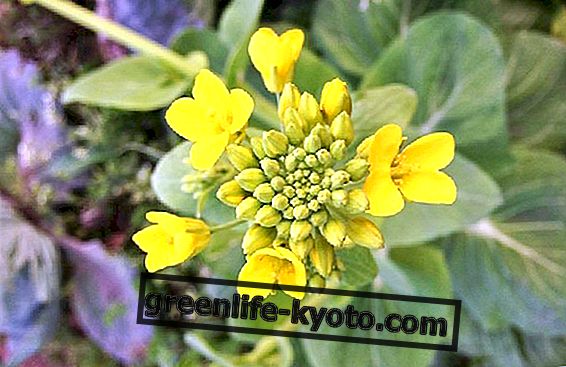
Let's find out how to make dried sourdough, which can be used, with the right process, in the same way as fresh sourdough.
Dried mother yeast: what it is
Yeast is used in the kitchen to prepare bread, buns, sweet and savory cakes for cakes ; allows the flour to incorporate carbon dioxide and give the dough the classic honeycomb appearance and enhance softness and fragrance.
The fresh yeast present in the dough is basically composed of mushrooms which, in contact with the raw materials (water and frine), are activated and produce gases that make the dough alveolar and soft.
The mother yeast is made up of lactic microorganisms which, by fermenting, produce carbon dioxide which allows the dough to rise.
The sourdough is composed of flour, water and an activator sugar, usually honey or fruit.
The sourdough can be produced ex novo, or it can be inherited by those who have already produced it. It is a live food, therefore it needs frequent care and refreshments. The more "sourdough" is, the greater the leavening power.
The sourdough, once produced, can also be dried and you can start from your own sourdough or buy it, being careful however that some mother yeasts in envelope are added with dry brewer's yeast, so it is not really a real dried sourdough.
Dried mother yeast: how to prepare it
It starts from the sourdough, or sourdough, fresh and refreshed. The baking paper is prepared on a fairly wide level; spread the sourdough with a wooden spatula just cooled on the horizontal plane.
The thickness must be a few millimeters; it is then left to dry at room temperature for about half an hour, or at least until it is crumbling.
Once it is dry, dry it with your hands or spatula: dry flakes will form and will be placed in a glass jar closed by a lid.
Mother yeast: how to make pasta refreshments
Dried mother yeast: how to use it
It takes three days to bring back the dried sourdough :
- on the first day the dried yeast is rehydrated;
- on the second day the dough is refreshed;
- the third, after the new refreshment, it will be possible to use the mother yeast to bake.
The dried yeast is rehydrated by adding 80 ml of sparkling water to 50 g of dry yeast. Mix well, always using a spatula or a wooden spoon. It is then left to rest covered with a linen cloth or other unbleached natural fiber at room temperature for 8 hours or, if we are in winter, all night.
The rehydrated dried yeast is ready to be used when it has developed the classic bubbles and the characteristic smell of sour dough.
The following day you can recreate the fresh sourdough: add 80 ml of sparkling water and 80 ml of flour to the dough, which should have a thick but not liquid consistency. It is kneaded and left to rest again for a day.
The third day we will proceed to the refreshment as we are used to with sourdough.
From here on it will be possible to bake as if the yeast had always been fresh .
Note : if the dried sourdough is hard to reactivate, you can add some sugary fruit or honey to give it a little more strength and speed up the fermentation process.
